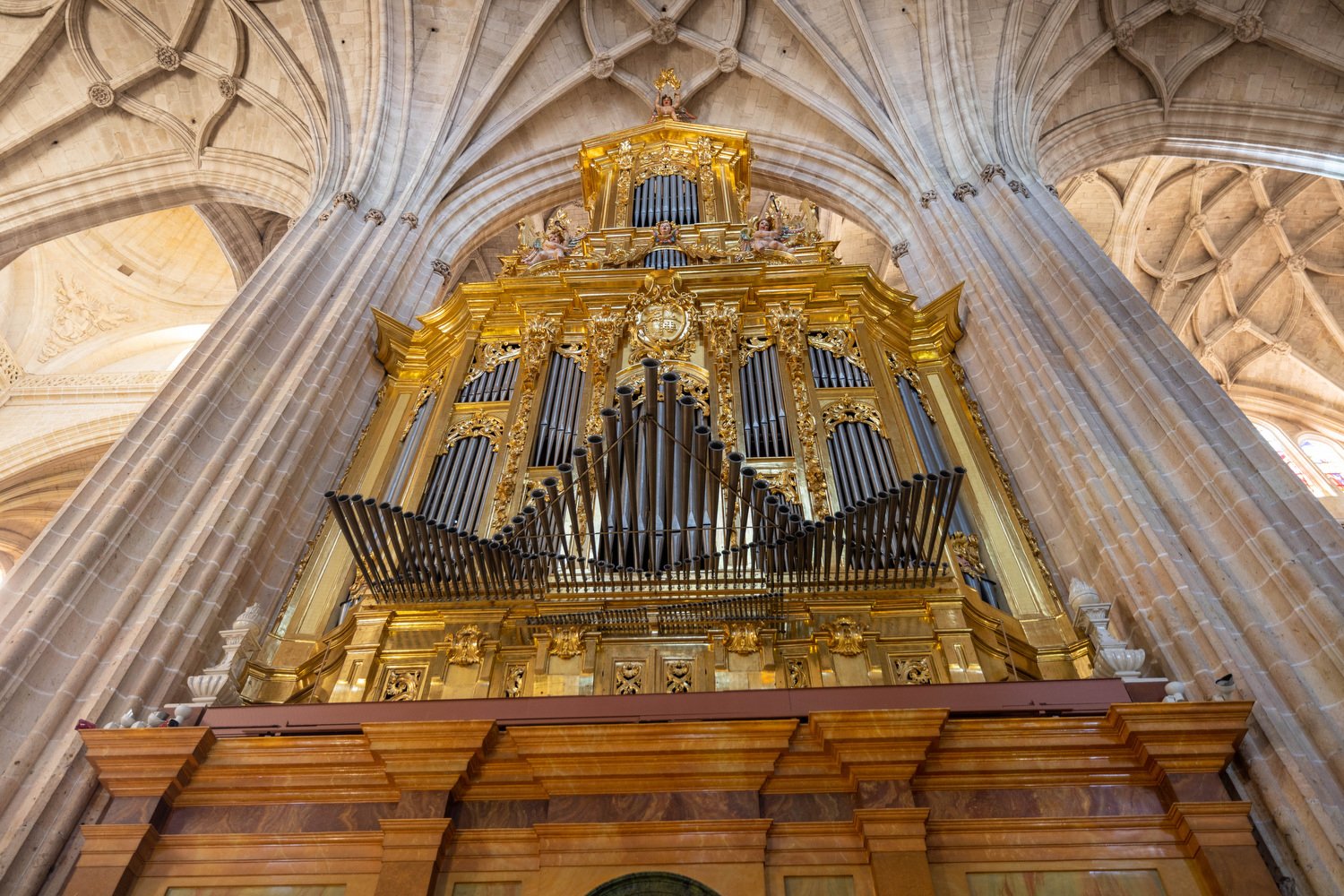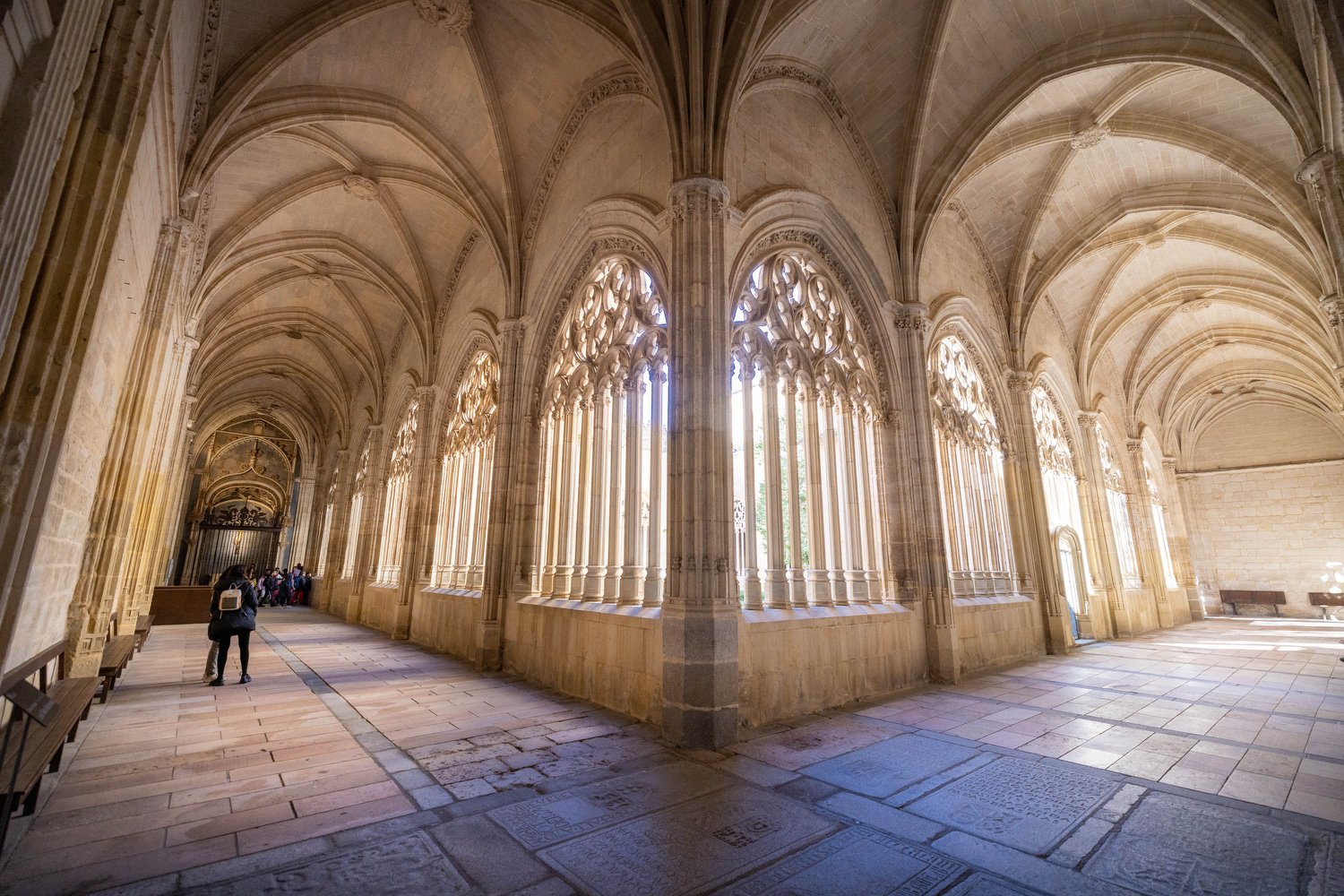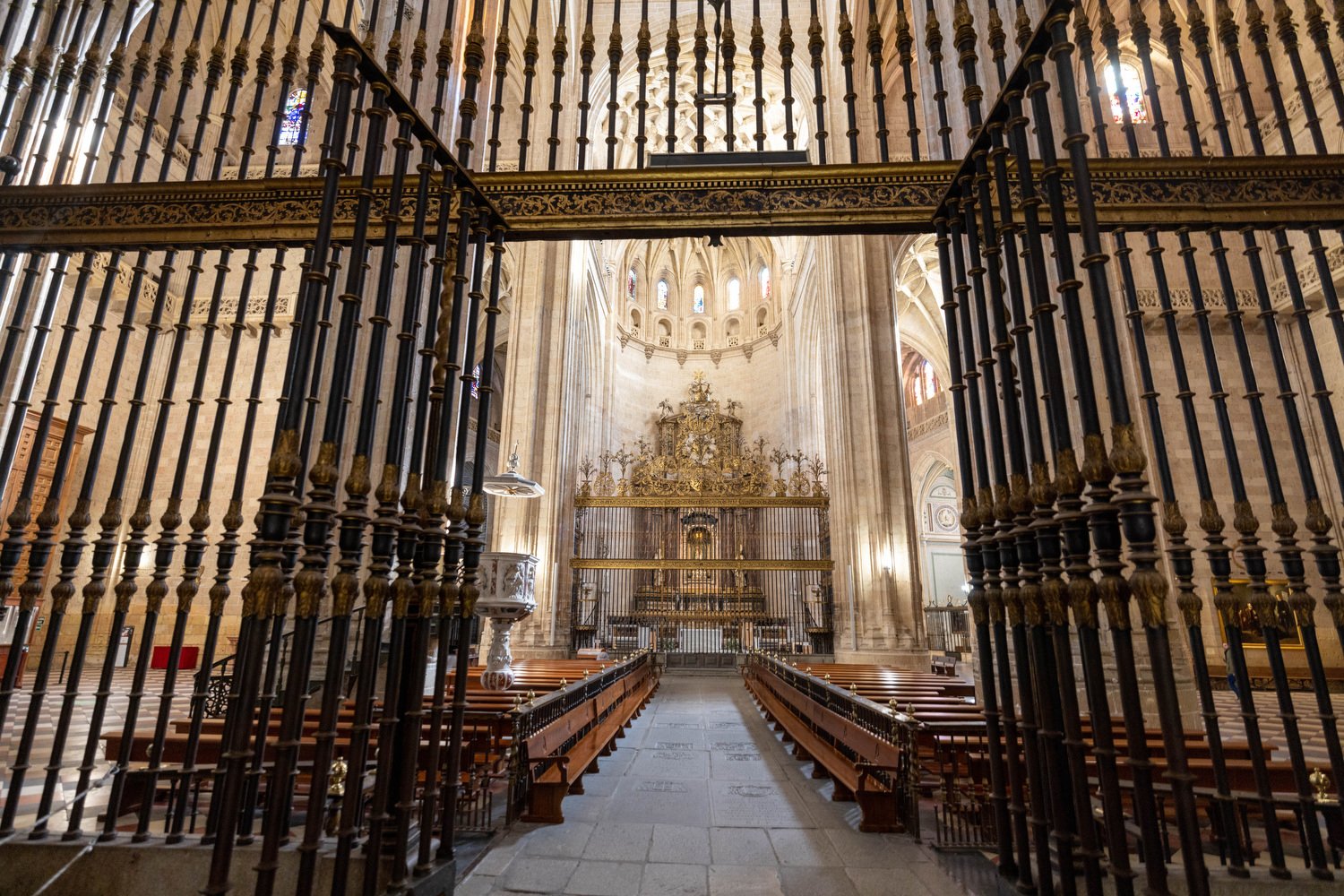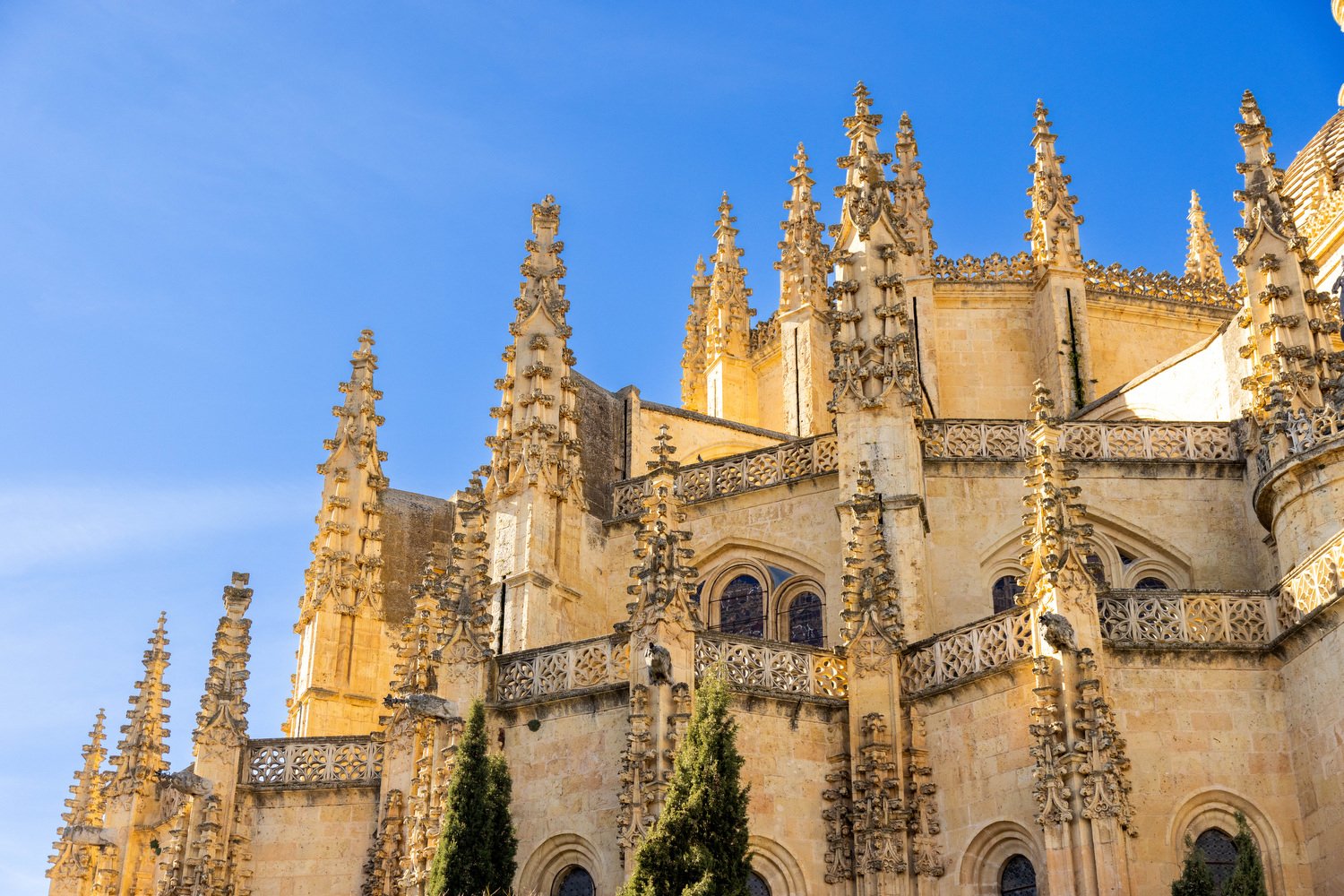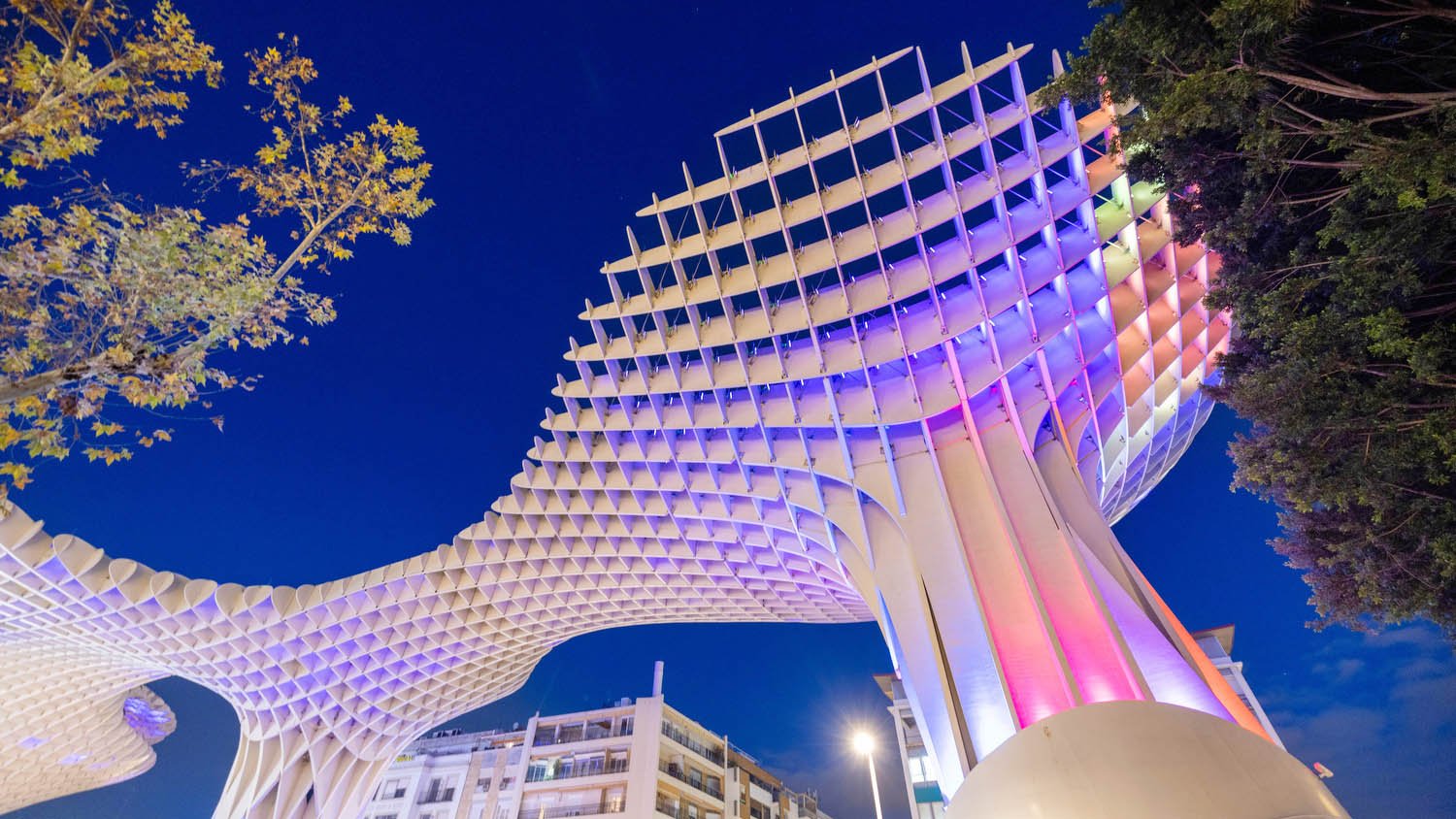Visiting Segovia: a perfect day trip from Madrid
Segovia has all the ingredients for a great day trip - it’s a small walkable city, it’s close to Madrid, has easy train access, a few marquis attractions, and lots of restaurants.
The Romans captured the city in 80 BC, and its history goes back even further. During the Middle Ages Segovia was a major textile producer.
Segovia was named to UNESCO's World Heritage List in 1985.
Segovia Aqueduct
How to get to Segovia
Train to Segovia
The train trip from Madrid to Segovia is only about a half hour because it’s via a high-speed train. The only catch is the train leaves from Chamartin Station in the northern part of Madrid.
An interesting side note - you’ll see lots of construction around Chamartin Station because the area is undergoing the largest current urban regeneration project in Europe. The redevelopment site is the size of 460 football stadiums.
After the half-hour trip from Chamartin Station, you’ll arrive at Segovia’s shockingly uber-modern rail station. Considering how old the area is I wasn’t expecting a super modern facility.
Directly outside the station, you'll find the #11 bus that takes you into the city. It’s very easy to find, just follow literally everyone else getting off the train. The bus costs €2 (cash only) and can be crowded.
The #11 bus operates between the train station and the Aqueduct.
Take a guided tour of Segovia
If you’d prefer to leave the logistical details to a professional there are many organized tours that will take you to Segovia from Madrid. Here are a few highly rated ones:
Full-Day Tour Segovia and Ávila from Madrid
Luxury bus with air-conditioning and Wifi
Skip the line Alcazar of Segovia Admission Ticket
Skip the line Cathedral of Segovia Admission Ticket
Basílica San Vicente Admission Ticket and Convento Santa Teresa de Jesús
Learn more or book the tour here
Note - This blog post contains affiliate links. This means that if we are recommending a product, activity or a hotel, we might be receiving a small commission if you buy or book from these links. This is done at no additional cost to you. We only recommend products we have personally used or have thoroughly researched.
The Segovia Aqueduct
The bus from the train station leaves you at the base of the massive aqueduct; it’s a very impressive welcome to town.
It was built by the Romans around the first century AD to bring water from the mountains, about 11 miles away to the city's fountains, public baths, and private houses. There is no cement holding the huge blocks together, just gravity.
Amazingly the aqueduct was in use until 1973.
Visiting the Segovia Cathedral
The Segovia Cathedral
You can start a tour of the cathedral by taking in the very unusual and intricate exterior.
The cathedral was built at the highest point of the town and is impossible to miss. Construction on the Gothic-style church began in the year 1525 after a fire in the old Romanesque cathedral.
The entrance fee is €3, you can purchase the tickets at the door or in advance online. A guided tour was starting just as we entered but we chose to tour on our own.
The interior is massive and the gold pipe organ is striking.
The cathedral has 21 chapels around the interior walls. Each chapel is unique so there is no shortage of things to look at.
Touring the Alcazar of Segovia
A short walk through the narrow streets leads you to the Alcazar of Segovia. It’s one of the most distinctive castles in Spain because the far side is shaped like the bow of a ship.
The castle has a long history with Kings and Queens of each era dating back to Roman times. It was built and rebuilt numerous times over the years. Its current design really does look like a fairy tale and rumor has it that it inspired the castle in Snow White and the Seven Dwarfs.
The Alcázar of Segovia is open every day of the week, but the times change depending on the season.
Adult tickets for access to all areas of the castle are €9.
The throne room inside the Alcazar of Segovia
The interior of the castle is massive with many rooms to see, including the Throne Room, Royal Chamber, Hall of the Kings, and Chapel.
The Museum of the Royal College of Artillery and the Armory Room has a large display of the weapons and tools of war.
At the far end of the castle, there is an outdoor area with spectacular views of the countryside.
View of the Segovia countryside from inside the Alcazar of Segovia.
After touring the castle you can take a break at Cafetería Casa de la Química, just feet from the Alcazar of Segovia doors. Sitting at the outdoor tables gives you a wonderful view of the city and the city wall but I wouldn’t venture further into the menu than a drink and a snack.
Walking away from the castle we took the road to the right which led us along the impressive city wall and its view of the land below.
View of the Cathedral ands city wall from the area outside the Alcázar of Segovia
Wander the back streets
The main attractions of Segovia are basically located in a straight line and a short walk from each other.
This makes it perfect for wandering the streets without any fear of getting lost. There are numerous shops to stop in along the way.
Eat Cochinillo Segovia
Many cities have special dishes, Segovia’s is roasted suckling pig, also known as cochinillo. The pig is served whole and is so tender that it actually falls gently off the bone when cooked. The meat is so tender the restaurant staff will cut the pig with a plate.
There is no shortage of restaurants serving this dish in Segovia.
After seeing the sights we had a few minutes to spare before taking the bus back to catch our train. We decided to grab a coffee and snack in the plaza area near the Aqueduct, a lovely way to end our trip to Segovia.




